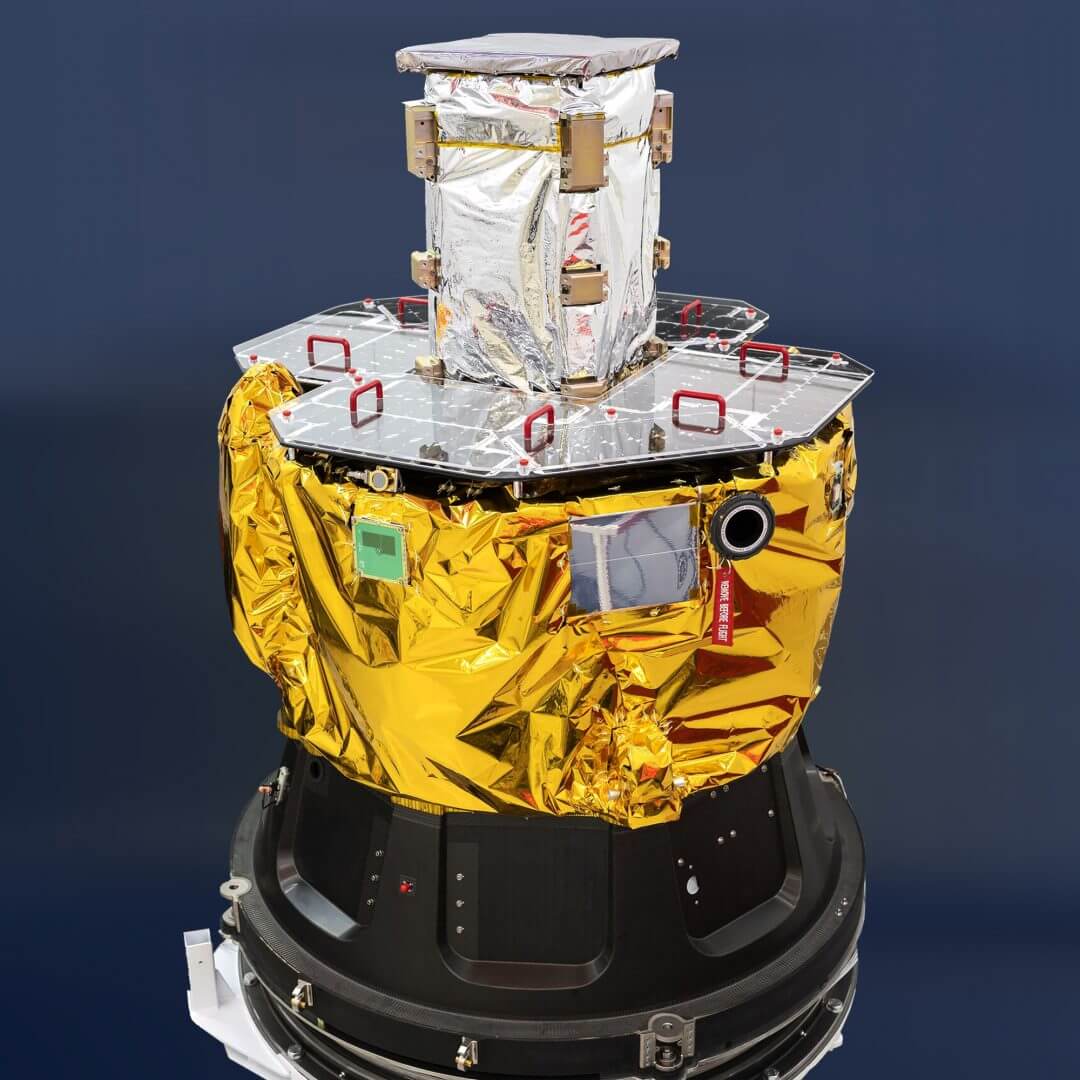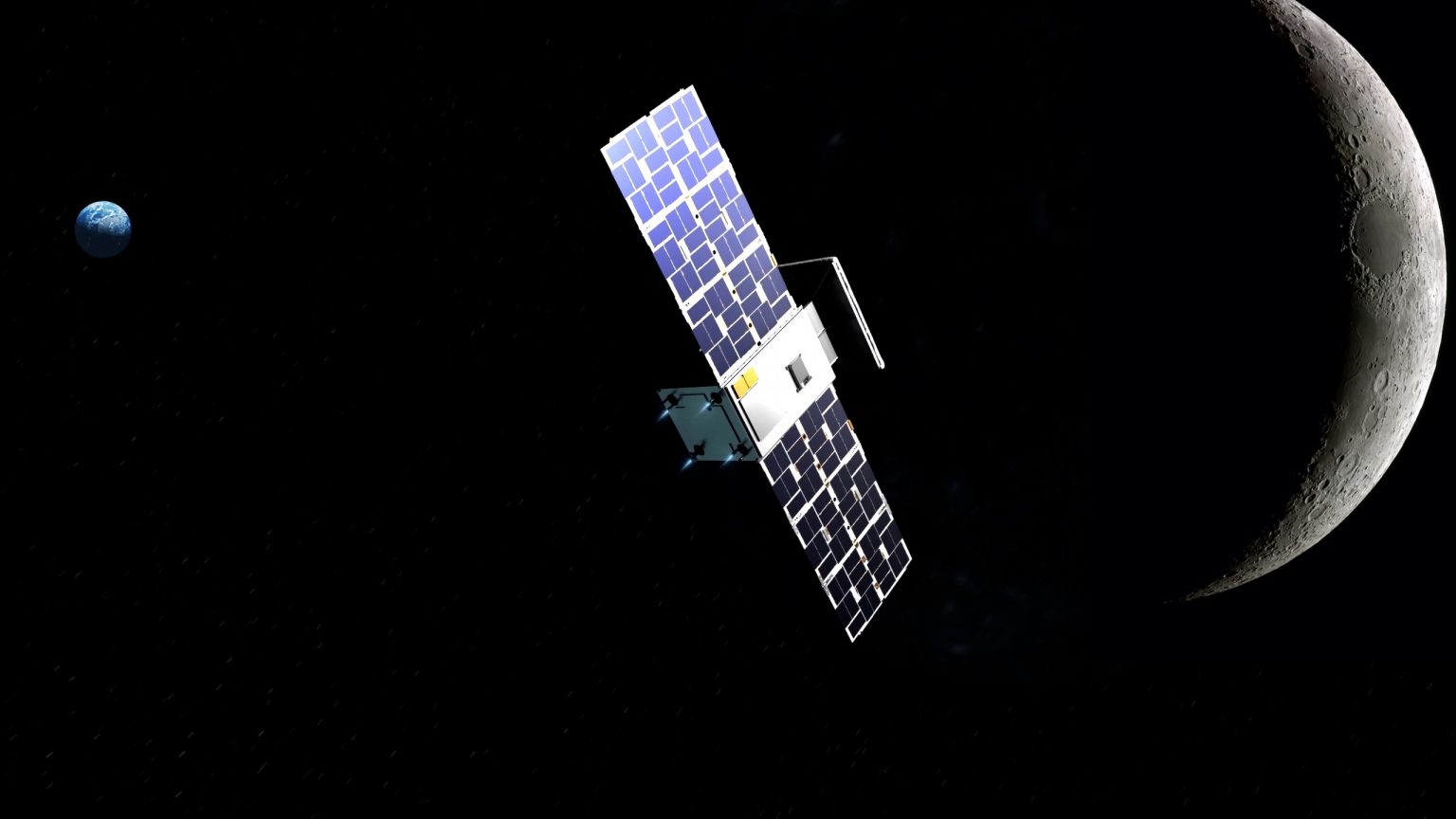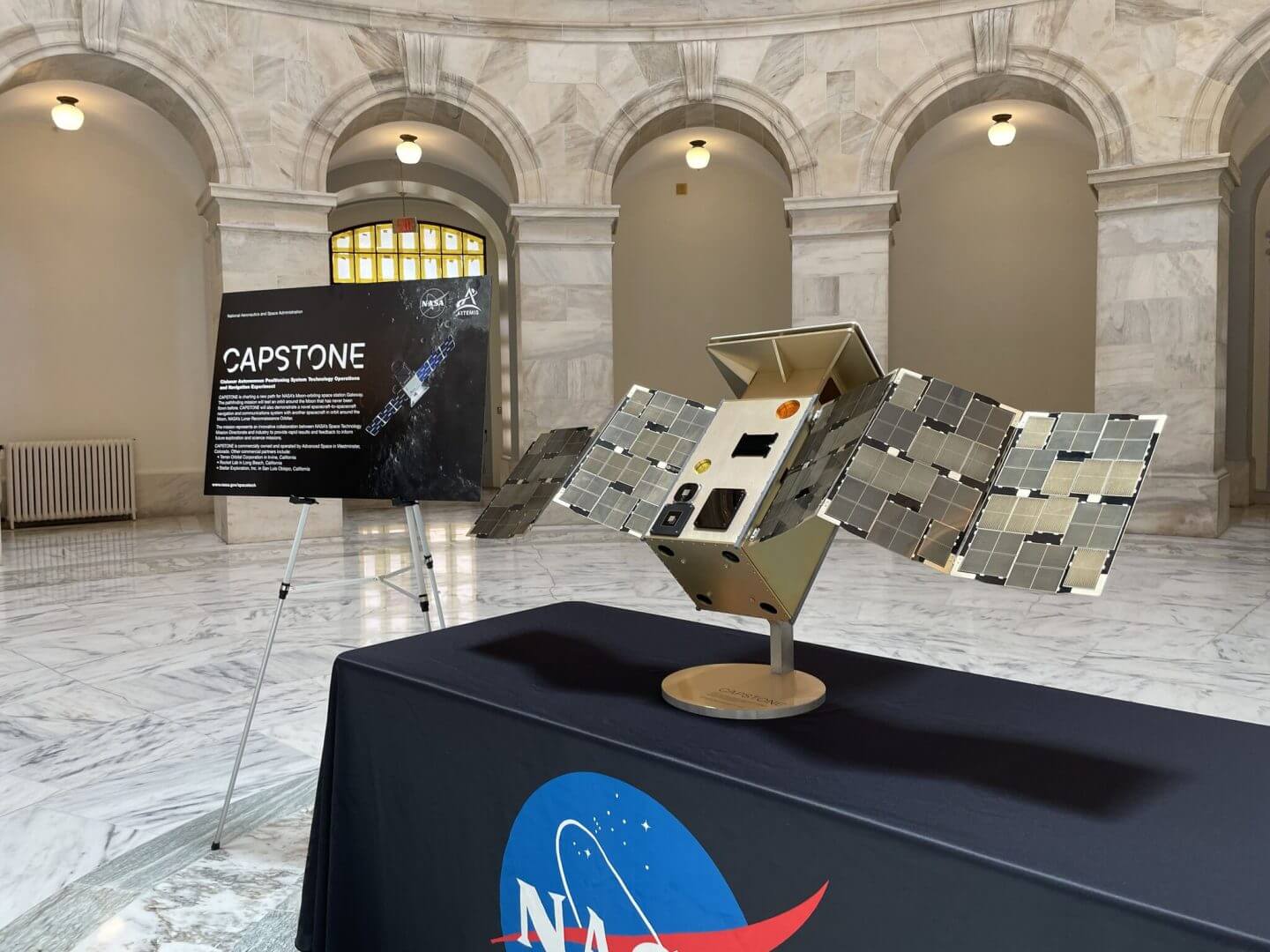Terran Orbital Integrates CAPSTONE Aboard Rocket Lab Electron Rocket

Terran Orbital announces the successful integration of the CAPSTONE spacecraft aboard the Rocket Lab Electron rocket. The Terran Orbital designed and built satellite is flying a pathfinding mission to the moon in support of NASA’s historic Artemis program.
The Capstone Launch Will Kick Off NASA’s Artemis Moon Program

The plucky little spacecraft is called Capstone, or, more officially, the Cislunar Autonomous Positioning System Technology Operations and Navigation Experiment. It will be perched atop a Rocket Lab Electron rocket scheduled to blast off on June 27 from the Mahia Peninsula of New Zealand at 9:50 pm local time (5:50 am EDT). If it can’t launch that day, it’ll have other opportunities between then and July 27.
A tiny spacecraft the size of a microwave could pave the way for a station between Earth and the moon

The miniscule satellite, called a CubeSat, is about the size of a microwave oven and weighs just 55 pounds (25 kilograms), but it will be the first to test out a unique, elliptical lunar orbit. The CubeSat will act as a pathfinder for Gateway, an orbiting lunar outpost that will serve as a way station between Earth and the moon for astronauts.
Tyvak International, a Terran Orbital Company, Completes Critical Design Review of Deep Space Bound Milani Satellite

Milani will also be the first nanosatellite ever to orbit an asteroid. Tyvak International is responsible for Milani’s design, build, and mission operations. In this exploration, Tyvak International is joined by an excellent consortium of European industries and research centers from Finland, Czech Republic, and Italy.
CAPSTONE on Capitol Hill

Stop by the rotunda of The Russell Senate Office Building this week to learn more about the trailblazing spacecraft that will fly a new path to the Moon.
Terran Orbital Concludes Fleet Space CENTAURI-5 Bus Commissioning
CENTAURI-5 adds capacity, reduces signal delay, and provides additional network redundancy. The 3D printed metal patch antenna satellite is traveling to an expected altitude of 330 miles where it will orbit in the existing Centauri constellation operated by Fleet Space and Terran Orbital. Upgrades from the CENTAURI-4 payload include enhancements that mitigate the effects of radiation in LEO as well as direct communication links to ground stations and an extended S-band range, allowing uplink at standard ground station frequencies.
